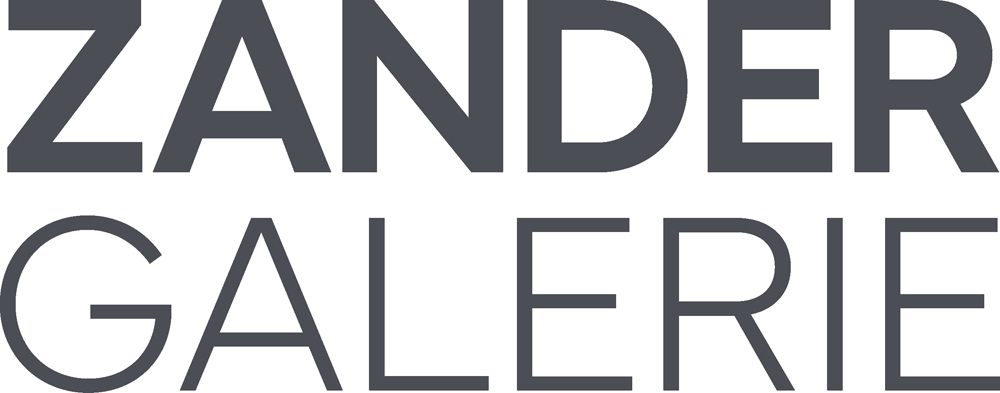CANDIDA HÖFER Frühe Arbeiten
Early photographic works by Candida Höfer are on view on the Second Floor. Höfer (born 1944 in Eberswalde) studied together with Thomas Struth and Thomas Ruff in the first photography class of Bernd Becher at the Kunstakademie Düsseldorf. In 2003 the Cologne based photographer represented Germany at the Venice Biennial and is one of the most important contemporary artists in Germany today. Her projects explore an interest in how people shape their environment and reflect the notion of a visual memory.
The exhibition features the series Liverpool 1968, which Candida Höfer photographed during a trip to the port city when she was twenty-four years old, long before she studied in Düsseldorf. Following the footsteps of the poetry band The Liverpool Scene, she captured the people and their city with her characteristically respectful distance and clear compositions. The photo collage Flipper from 1973, presented as an installation in a vitrine designed by architects Kuehn Malvezzi, consists of 47 vintage gelatin silver prints of pinball machines in arcades and pubs documenting a particular part of the leisure culture of the time. From 1973 to 1979 Höfer worked on the series Türken in Deutschland, b/w portraits of first generation Turkish migrant families and their life in German cities, in their shops as well as in their homes. These early photographs already point to Höfer’s interest in interiors, urban space and ornament, which became more dominant in her later work, as for instance in projections assembled in 2012 and showing photographs of the Düsseldorfer Schauspielhaus and opera foyer.
Candida Höfer’s works have been exhibited in museums such as the Kunsthalle Basel, the Museum of Modern Art, New York, the Kunsthaus Bregenz, and the Museum Ludwig, Cologne. In 2002 the artist participated in documenta 11. In September the Museum Kunstpalast in Düsseldorf mounts an exhibition of photographs of Düsseldorf from the past four decades.
